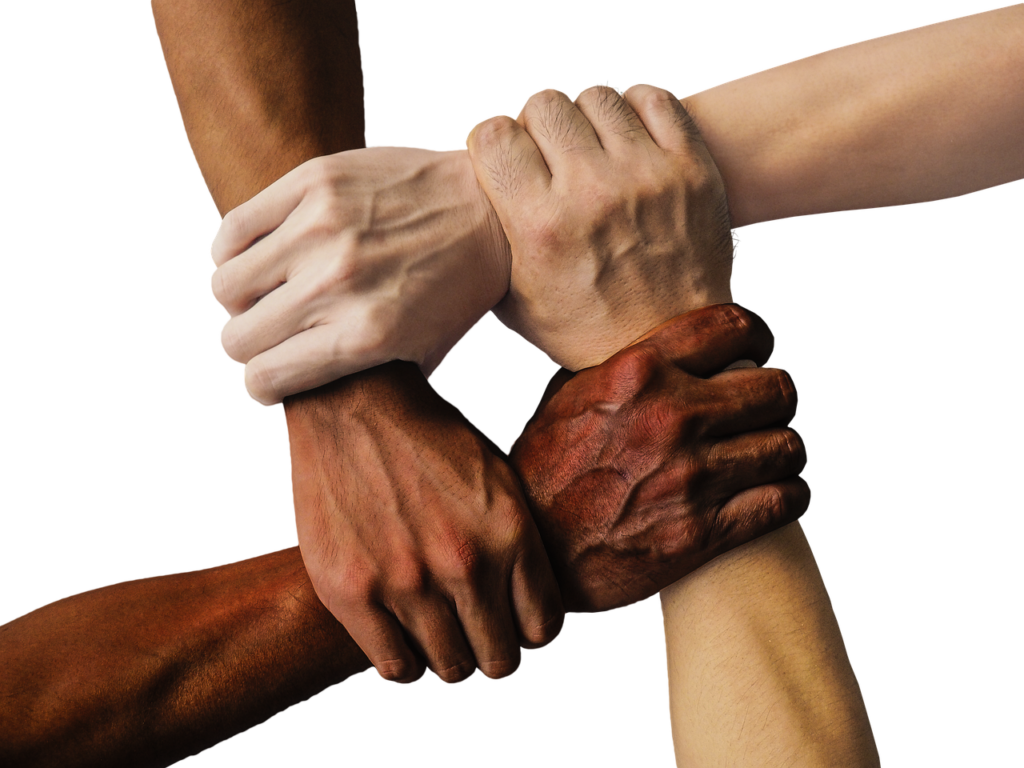In today’s rapidly evolving workplace, diversity and inclusion (D&I) have moved beyond being mere buzzwords to becoming critical components of organizational success. While many companies recognize the importance of creating a diverse and inclusive environment, implementing effective strategies remains a challenge. Training emerges as a powerful tool to drive meaningful change, reshape organizational culture, and create sustainable improvements in workplace diversity and inclusion.
#Understanding the Importance of Diversity and Inclusion
Before diving into training strategies, it’s crucial to understand why diversity and inclusion matter. Diverse organizations are not just morally superior; they’re demonstrably more successful. Research consistently shows that companies with diverse workforces outperform their less diverse counterparts in innovation, financial performance, and employee satisfaction.
Diversity goes beyond simple demographic representation. It encompasses:
Diversity of thought
Cultural backgrounds
Professional experiences
Cognitive approaches
Personal perspectives
Inclusion, meanwhile, ensures that every individual feels valued, respected, and empowered to contribute fully. It’s about creating an environment where differences are not just tolerated but celebrated and leveraged as organizational strengths.
#The Role of Training in Promoting Diversity and Inclusion
Training serves as a transformative mechanism for several critical reasons:
1. **Awareness and Consciousness Raising**
Effective D&I training helps employees recognize unconscious biases, systemic barriers, and microaggressions that might otherwise go unnoticed. By providing a structured environment for learning and reflection, training creates opportunities for personal growth and organizational introspection.
2. **Skill Development**
Beyond awareness, training equips employees with practical skills to:
Communicate more effectively across differences
Challenge discriminatory behavior
Create inclusive team environments
Develop empathy and cultural competence
3. **Organizational Culture Transformation**
Training is not a one-time event but a continuous process of cultural evolution. Strategic, well-designed training programs can gradually reshape organizational norms, expectations, and interpersonal dynamics.
#Key Components of Effective Diversity and Inclusion Training
##1. Comprehensive Curriculum Design
Successful D&I training should be:
Holistic and multi-dimensional
Tailored to organizational context
Supported by leadership commitment
Regularly updated to reflect evolving social dynamics
The curriculum should address multiple dimensions, including:
Unconscious bias recognition
Cultural competence
Inclusive communication
Equity in workplace practices
Allyship and advocacy
##2. Interactive and Experiential Learning
Passive learning rarely creates lasting change. The most effective D&I training incorporates:
Role-playing scenarios
Small group discussions
Personal reflection exercises
Case study analyses
Real-world workplace simulations
These interactive elements help participants internalize learning by experiencing different perspectives and practicing new skills in a supportive environment.
##3. Addressing Unconscious Bias
Unconscious bias training represents a critical component of D&I efforts. This specialized training helps employees:
Identify hidden prejudices
Understand how biases impact decision-making
Develop strategies to mitigate biased thinking
Create more equitable workplace interactions
Effective unconscious bias training uses scientific research, psychological insights, and practical tools to help participants recognize and counteract their ingrained assumptions.
##4. Inclusive Leadership Development
Leadership plays a pivotal role in driving diversity and inclusion. Specialized training for managers and executives should focus on:
Creating inclusive team cultures
Equitable talent management
Mitigating bias in recruitment and promotion
Developing inclusive communication strategies
Measuring and tracking diversity metrics
##5. Intersectionality and Complexity
Modern D&I training must recognize the complex, intersectional nature of identity. People’s experiences are shaped by multiple, overlapping dimensions of diversity, including:
Race
Gender
Sexual orientation
Disability status
Socioeconomic background
Age
Religious beliefs
Training should help participants understand how these different identities interact and impact individual experiences.
#Measuring Training Effectiveness
To ensure training creates meaningful change, organizations must implement robust measurement strategies:
1. **Pre and Post-Training Assessments**
Attitude surveys
Knowledge tests
Behavioral observation frameworks
2. **Long-Term Impact Tracking**
Diversity representation metrics
Employee engagement scores
Retention rates across demographic groups
Promotion and leadership development patterns
3. **Continuous Feedback Loops**
Regular check-ins and iterative improvements ensure training remains relevant and effective.
#Challenges and Considerations
Implementing effective D&I training is not without challenges:
Resistance from some employees
Complexity of addressing deeply ingrained behaviors
Risk of performative rather than substantive change
Need for ongoing commitment and resources
Successful programs require:
Genuine organizational commitment
Leadership role modeling
Integration with broader HR practices
Psychological safety for participants
#The Future of Diversity and Inclusion Training
Emerging trends in D&I training include:
Virtual and augmented reality simulations
AI-powered personalized learning experiences
Global and cross-cultural perspectives
Integration with broader organizational development strategies
#Conclusion
Diversity and inclusion training represents a powerful mechanism for organizational transformation. By creating structured opportunities for learning, reflection, and skill development, companies can build more equitable, innovative, and successful workplaces.
The journey toward true inclusion is ongoing. It requires commitment, humility, and a genuine desire to understand and celebrate human differences. Training is not a destination but a continuous process of growth, learning, and collective advancement.
Organizations that approach diversity and inclusion training with sincerity, creativity, and persistence will not only create more just workplaces but also unlock unprecedented levels of human potential and organizational performance.
